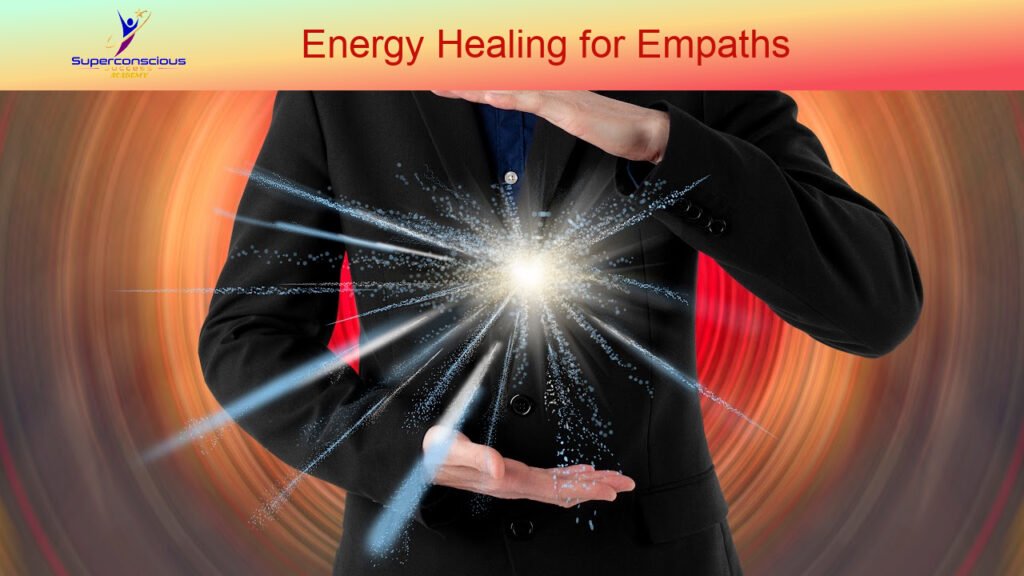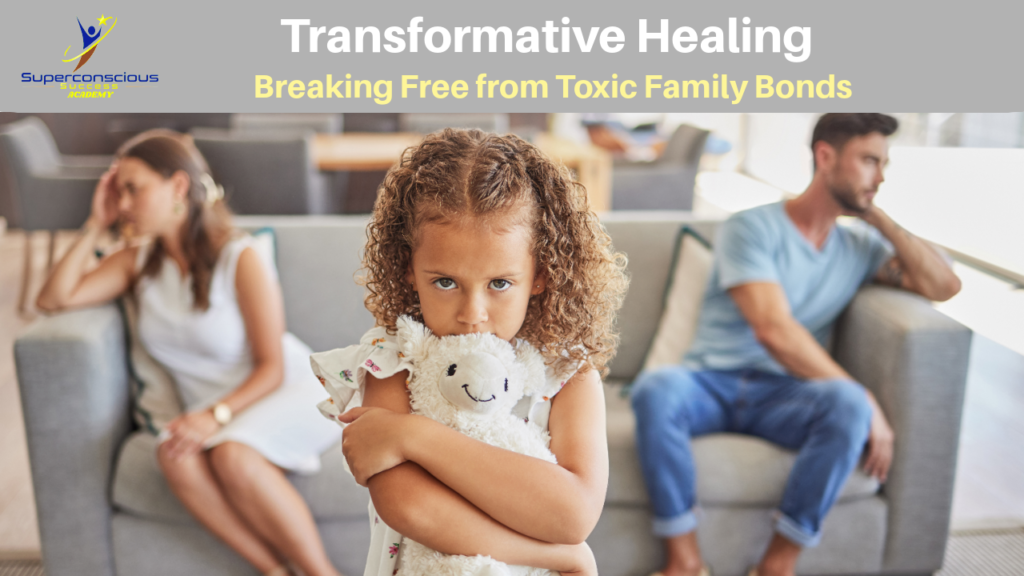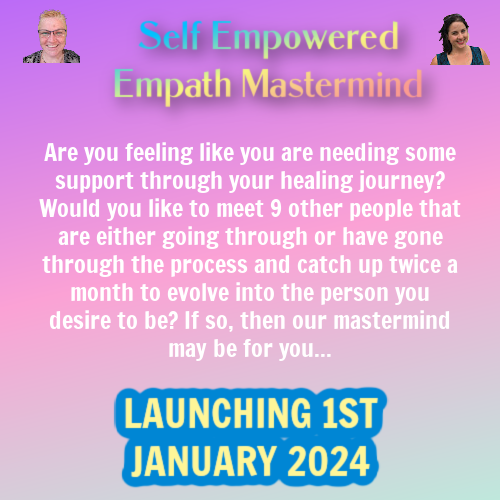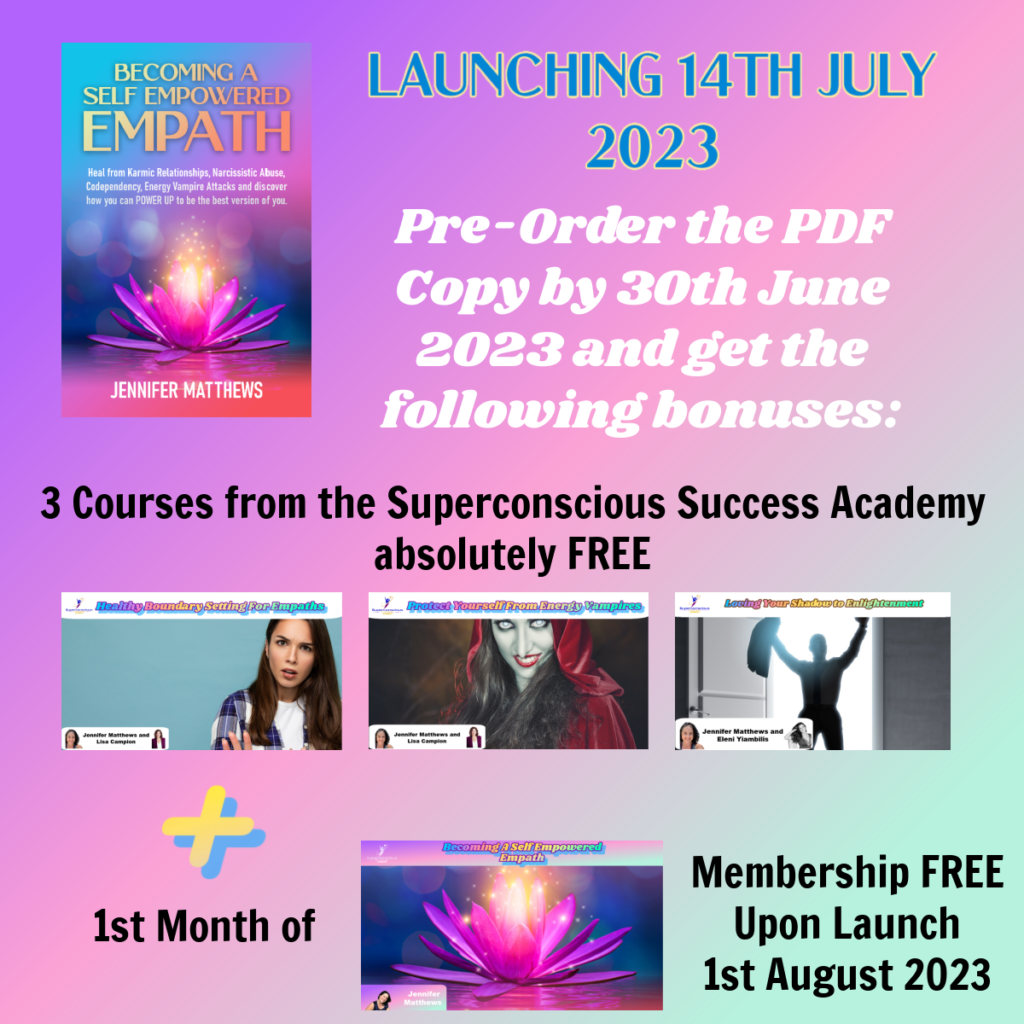
In this blog post, you’ll learn valuable information and strategies to navigate toxic relationships and the emotional challenges they bring. We’ll explore the impact of toxic relationships on your well-being, including the development of PTSD and its effects. You’ll discover coping mechanisms for anxiety and depression, tips for restoring emotional well-being, and building resilience after trauma. Join us on this transformative journey towards healing and a healthier future.
3. Tips for Healing and Restoring Emotional Well-being After Experiencing Trauma
- 1. Introduction to Toxic Relationships and PTSD
- 2. Dealing with Anxiety and Depression after Toxic Relationships
- 3. Tips for Healing and Restoring Emotional Well-being After Experiencing Trauma
- 4. Develop Your Own Self Care Plan after being in Toxic Relationships
- 5. Identify Your Needs
- 6. Building Resilience and Emotional Strength after Toxic Relationships
Experiencing emotional trauma can have a profound impact on our well-being, leaving us feeling overwhelmed and disconnected. However, there is hope for healing and regaining emotional stability. By implementing practical strategies and incorporating self-care practices into our daily lives, we can take significant steps towards healing and restoring our emotional well-being. Here are some valuable tips to guide you on your journey towards regaining emotional stability and promoting healing after dealing with emotional trauma.
To promote emotional healing after toxic relationships, follow these key strategies:
To prioritize your well-being and break free from toxic relationships:
1. Practice Mindfulness and Meditation: Use meditation and deep breathing exercises to reduce stress and let go of toxic relationships, focusing on your own well-being.
2. Keep a Journal: Write to process the impact of harmful relationships and work towards healing.
3. Express Yourself Through Creative Outlets: Engage in art, music, or dance to connect with your emotions and find healing.
4. Establish a Daily Routine: Set a stable routine with consistent waking and sleeping times, regular meals, and self-care practices for healthier living and stronger boundaries.
5. Connect with Nature: Spend time outdoors, distancing yourself from toxic relationships and embracing nature’s healing power.
6. Engage in Physical Activity: Regular exercise reduces stress, improves sleep, and boosts your mood, breaking free from the negative impacts of harmful connections.
7. Seek Support and Connection: Build a trusted network of friends, family, or support groups to share experiences and navigate the challenges of leaving toxic relationships.
8. Create Boundaries: Establish healthy boundaries to protect your well-being and effectively communicate your needs.
9. Practice Self-Compassion: Be kind, patient, and forgiving toward yourself throughout the healing process, especially when breaking free from harmful connections.
10. Prioritize Rest and Sleep: Develop a peaceful bedtime routine and practice relaxation techniques for restorative sleep.
11. Nurture Healthy Relationships: Surround yourself with loving and supportive people to counterbalance the harm caused by toxic relationships.
12. Engage in Self-Care Rituals: Develop personalized self-care practices that bring joy and relaxation, prioritizing your well-being.
3. Tips for Healing and Restoring Emotional Well-being After Experiencing Trauma
- 1. Introduction to Toxic Relationships and PTSD
- 2. Dealing with Anxiety and Depression after Toxic Relationships
- 3. Tips for Healing and Restoring Emotional Well-being After Experiencing Trauma
- 4. Develop Your Own Self Care Plan after being in Toxic Relationships
- 5. Identify Your Needs
- 6. Building Resilience and Emotional Strength after Toxic Relationships











